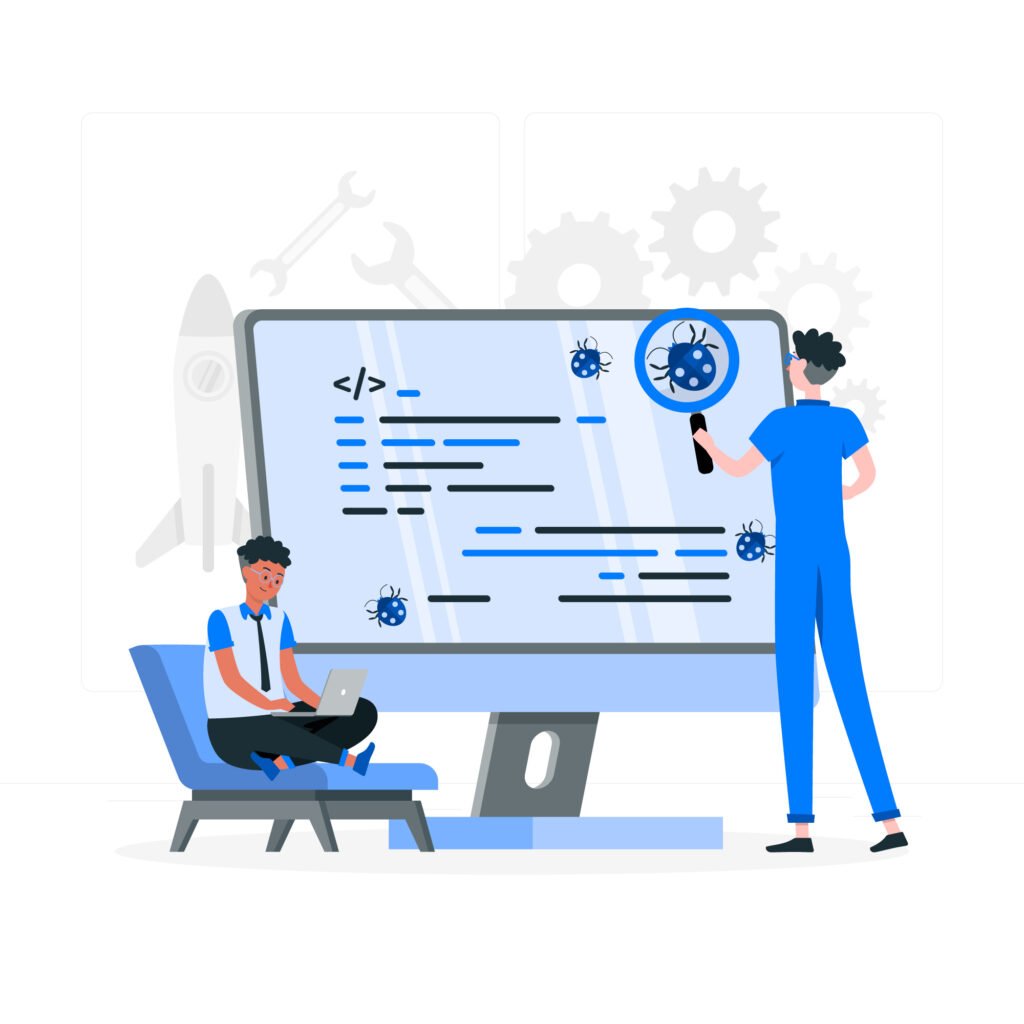Introduction
In recent years, the rise of low-code and no-code development platforms has revolutionized the software development landscape. These platforms empower individuals with varying levels of technical expertise to create applications quickly, reducing the traditional dependency on skilled developers. While the speed of development is a significant advantage, ensuring the quality of applications developed on low-code and no-code platforms is equally crucial.
This is where testing tools play a pivotal role in maintaining the integrity, security, and functionality of applications. In this blog post, we will explore the challenges of testing in rapid development environments and delve into various testing tools that can be employed to ensure the quality of applications built on low-code and no-code platforms.
Challenges of Testing in Low-Code and No-Code Environments
Limited Visibility into Codebase:
One of the primary challenges in testing low-code and no-code applications is the limited visibility into the underlying codebase. Traditional testing methods often involve scrutinizing code for bugs, but with these platforms, much of the code is generated automatically, making it difficult to identify potential issues.
Rapid Iterations and Changes:
Low-code and no-code development promotes rapid iterations and changes to applications. While this is advantageous for quick updates and enhancements, it poses a challenge for testing teams to keep up with the pace and ensure that new features or modifications do not introduce unforeseen issues.
Diverse User Skill Levels:
Low-code and no-code platforms are designed to be user-friendly, allowing individuals with varying levels of technical expertise to build applications. This diversity in user skill levels poses a challenge for testing, as the applications need to be robust enough to withstand different user interactions and configurations.
Integration Testing:
As applications built on these platforms often rely on various integrations, ensuring the seamless functioning of these integrations becomes crucial. Traditional testing approaches might fall short in verifying the interoperability of components and external services.
Testing Tools for Low-Code and No-Code Development
Automated Testing Tools:
Automated testing tools are essential for maintaining the pace of development while ensuring the quality of low-code and no-code applications. These tools can include:
- Selenium:
Selenium is a powerful tool for testing web applications. It can be used to automate repetitive tasks, perform functional testing, and ensure the user interface’s integrity.
- Appium:
Appium is a popular open-source tool for mobile application testing. It supports both Android and iOS platforms, making it versatile for testing applications built on low-code and no-code platforms.
Codeless Testing Platforms:
Codeless testing platforms are particularly useful in environments where traditional coding expertise is limited. These tools allow testers to create and execute test cases without writing any code. Examples include:
- TestCraft:
TestCraft is a codeless Selenium test automation platform. It enables testers to create and execute automated tests using a visual interface, making it accessible to users with diverse technical backgrounds.
- Leapwork:
Leapwork is a no-code automation platform that supports end-to-end testing for web and desktop applications. Testers can create automation flows using a visual designer without the need for scripting.
Performance Testing Tools:
Performance testing is crucial to ensure that applications built on low-code and no-code platforms can handle the expected load. Performance testing tools include:
- Apache JMeter:
Apache JMeter is an open-source tool for performance testing and load testing. It allows testers to simulate various user scenarios and analyze the application’s performance under different conditions.
- LoadRunner:
LoadRunner, by Micro Focus, is a comprehensive performance testing tool that helps identify and eliminate performance bottlenecks in applications. It supports a wide range of protocols and environments.
Security Testing Tools:
Security is a critical aspect of application development, and low-code and no-code applications are no exception. Security testing tools include:
- OWASP ZAP:
OWASP Zed Attack Proxy (ZAP) is an open-source security testing tool designed to find vulnerabilities in web applications. It provides automated scanners and various tools for identifying security issues.
- Burp Suite:
Burp Suite is a popular security testing tool for web applications. It offers features for scanning, crawling, and analyzing the security of web applications, making it valuable for low-code and no-code environments.
Collaborative Testing Platforms:
Collaboration is essential in rapid development environments, and collaborative testing platforms facilitate communication among team members. Examples include:
- TestRail:
TestRail is a test management tool that enables teams to organize and track test cases, ensuring efficient collaboration and visibility into testing progress.
- PractiTest:
PractiTest is a comprehensive test management platform that allows teams to plan, execute, and manage testing efforts collaboratively. It supports integration with various testing and development tools.
Conclusion
In the era of low-code and no-code development, testing plays a crucial role in ensuring the quality, reliability, and security of applications. The challenges presented by rapid development, limited code visibility, and diverse user skill levels necessitate the use of specialized testing tools.
Automated testing tools, codeless testing platforms, performance testing tools, security testing tools, and collaborative testing platforms collectively contribute to a robust testing strategy.
As organizations continue to embrace the agility offered by low-code and no-code platforms, investing in the right testing tools becomes imperative to deliver high-quality applications that meet user expectations and adhere to security standards.












